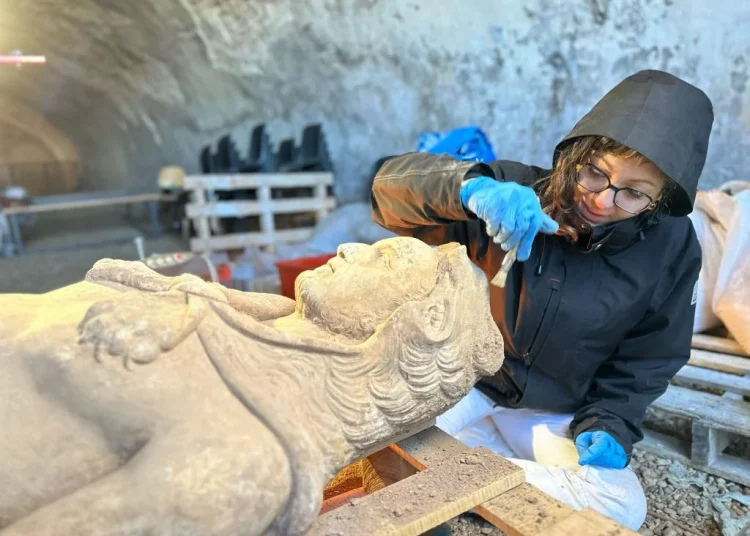Uncovering the Masterpieces: Fascinating Art History Facts Revealed
Art history is a vast and intriguing subject that delves into the rich tapestry of human creativity throughout the ages. From ancient cave paintings to modern masterpieces, the world of art is filled with stories, techniques, and styles that continue to captivate and inspire us today. In this article, we will uncover some fascinating art history facts that shed light on the evolution of art through the centuries.
The Origins of Art
Art has been a fundamental part of human culture for thousands of years, with evidence of early artistic expression dating back to prehistoric times. The oldest known cave paintings, found in Indonesia, are estimated to be over 40,000 years old. These early works of art provide valuable insights into the beliefs, customs, and daily lives of our ancient ancestors.
The Renaissance Period
The Renaissance was a period of great cultural and artistic flourishing in Europe, spanning roughly from the 14th to the 17th centuries. During this time, artists such as Leonardo da Vinci, Michelangelo, and Raphael created some of the most iconic works of art in history. The Renaissance marked a significant shift in artistic style, with a renewed focus on realism, perspective, and the human form.
Impressionism and Beyond
In the 19th century, a group of artists known as the Impressionists revolutionized the art world with their innovative approach to painting. Artists such as Claude Monet, Edgar Degas, and Pierre-Auguste Renoir rejected traditional techniques and instead focused on capturing the fleeting effects of light and color. This departure from academic conventions paved the way for new artistic movements such as Post-Impressionism, Cubism, and Surrealism.
Iconic Artworks
Throughout history, there have been countless iconic artworks that have left a lasting impact on the world of art. Some of the most famous include Leonardo da Vinci’s “Mona Lisa,” Vincent van Gogh’s “Starry Night,” and Edvard Munch’s “The Scream.” These masterpieces continue to be celebrated for their technical skill, emotional depth, and enduring beauty.
Artistic Techniques
Artists throughout history have employed a wide range of techniques to create their works of art. From the meticulous brushwork of the Old Masters to the bold colors of the Fauvists, each artistic movement has its own distinctive style. Some artists, such as Jackson Pollock, even experimented with unconventional techniques such as drip painting to create unique and abstract compositions.
The Role of Art in Society
Art has always played a crucial role in society, reflecting the values, beliefs, and aspirations of different cultures and civilizations. Throughout history, art has been used to communicate political messages, express emotions, and challenge societal norms. Today, art continues to serve as a powerful form of self-expression and a means of cultural exchange.
Preserving Art History
Preserving art history is essential for maintaining a connection to our cultural heritage and understanding the evolution of artistic expression. Museums, galleries, and cultural institutions around the world play a vital role in preserving and showcasing important works of art for future generations. Through conservation efforts and educational programs, we can ensure that these masterpieces continue to inspire and enlighten us for years to come.
Conclusion
Art history is a fascinating and complex subject that offers valuable insights into the creative achievements of humanity. By uncovering the masterpieces and fascinating facts of art history, we can gain a deeper appreciation for the diverse and evolving nature of artistic expression. Whether you are a seasoned art enthusiast or a curious beginner, exploring the world of art history can be a rewarding and enriching experience.
By delving into the origins of art, exploring iconic artworks, and understanding the role of art in society, we can gain a greater understanding of the cultural significance of artistic expression throughout history. Through the preservation of art history, we can ensure that the masterpieces of the past continue to inspire and educate future generations.
So next time you visit a museum or gallery, take a moment to appreciate the beauty and complexity of the artworks on display. By uncovering the fascinating facts and stories behind these masterpieces, you can enrich your understanding of art history and gain a deeper appreciation for the creativity and ingenuity of the artists who have shaped our world.












